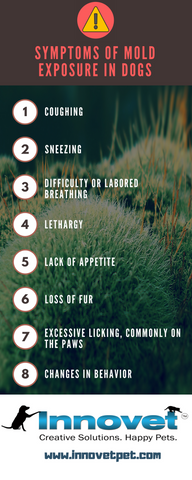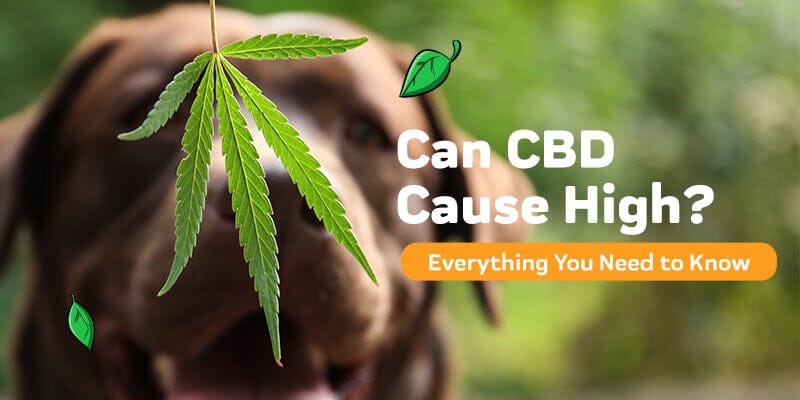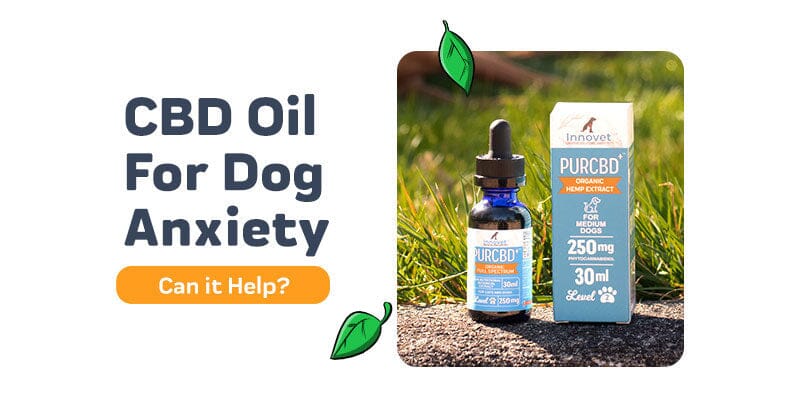Mold is bound to creep up every once in a while in our households, and if left untreated can bring about dangerous effects on your dog’s health. It’s only understandable that dogs are much more sensitive when exposed to airborne mold spores, so it’s important we provide them with a safe and clean environment.
TABLE OF CONTENTS
1. What Is Mold?
2. Symptoms of Mold Exposure in Pets
3. What Mold Needs In Order To Grow
4. Common Causes of Mold
5. What To Do When Mold Is Present In Your Household?
6. What Do You Do If Your Dog Has Been Exposed To Mold?
7. Wait! There’s More: House Cleaning Supplies Contain
What Is Mold?
Mold (or mould) is a fungi that thrives in moist, warm, damp and humid places. Mold can grow anywhere as long as the growth factors are present (found below). In households, mold can often be found hiding beneath the floorboards, window sills, attic, refrigerator pans, HVAC systems, or anywhere prone to moist.
This fungi can be particularly toxic not only to the family but to our pets. Our dog’s can be curious little furballs and sniff or eat anything that crosses their noses, and mold can be one of them.
You should be wary that mold doesn’t just pertain to your home, but can be found outdoors too. It’s important that you take caution when taking your dog out for a walk or to the dog park because mold is much more prone near garbage cans, tree stumps, branches and twigs, old dog toys found around the park, another dog’s feces, or even in the soil itself.
Symptoms of Mold Exposure in Pets
When your dog is exposed to toxic mold, either by means of inhalation, ingestion or physical contact, he may express one or more of the following symptoms:

Prolonged exposure can ultimately lead to:
- Bleeding from the nose
- Nasal pain
- Nasal swelling
- Loss of appetite
- Nasal discharge
- Weight loss
- Vomiting
- Fever
- Spinal pain
- Bone inflammation
- Allergic reactions
- Neurological issues such as seizures and tremors
- Gastrointestinal damage
- Lung and respiratory damage
What Mold Needs In Order To Grow
 Every home has the elements required for the onset of mold growth, and these elements include:
Every home has the elements required for the onset of mold growth, and these elements include:
- Presence of mold spores
- Food Source (wood, edibles,
- Darkness or lack of light
- Warm temperatures
- Moisture (such as humidity, water leaks or dampened fabric)
- Oxygen
- Time (it typically takes 24-48 hours for mold to begin its growing phase under the right conditions)
Common Causes of Mold
Humidity
If you live in an area where humidity is naturally high, such as near the coast or large bodies of water, mold growth may be an inevitable and recurring issue. Situations where the weather has been consistently raining can also result in spontaneous mold spots. When moisture inside a household evaporates, the humidity also increases, and if your home isn’t ventilated the chances are the humidity will linger.
Humidifiers are another culprit. Certain molds require only a humidity level of higher than 55% to grow, so if you’re using a humidifier be sure to keep the humidity below 55% to prevent further growth. Many of us also have HVAC systems in our household, which can result in humid room temperatures due to artificial heating and cooling of the air.
Moisture and Water Leaks
Clothes lines and clothing stands are a common cause, and may result in puddles of water or damp materials which are ideal for mold growth. Wet surfaces that take longer to dry out often result in naturally occurring mold, especially instances where flooding or water leakage is prevalent. Not only should you remedy water leaks to prevent mold, but they should be fixed immediately as water sources are an ideal habitat for mosquitoes as well, which can bring an onset of much more serious and deadly diseases.
What To Do When Mold Is Present In Your Household?
- Wash your dog’s bedding, clothing, and other accessories frequently
- Store your dog’s food in a sealed, airtight container
- Secure trash containers and areas where food is often disposed of to prevent your dog from
- Thoroughly wash your dog’s food and water bowls daily to prevent mold from occurring
What Do You Do If Your Dog Has Been Exposed To Mold?
If you believe your dog has been exposed to mold, take him to the vet as soon as possible. Vets often administer steroids, antibiotics and other medications according to the severity of the exposure. You should also opt to remove any traces of mold immediately once you see growth spots occurring to prevent further exposure.
Wait! There’s More: House Cleaning Supplies Contain Chemicals Toxic To Your Dog’s Health
When taking the first steps to keeping your household clean, you should be cautious of common household cleaning supplies that may be harming your pet. Cleaning supplies often contain harsh chemicals, and some even toxic when our pets are exposed by means of inhalation or even ingestion when they lick the floor or their paws. Be sure to check out our related article about toxic chemicals often found in cleaning supplies to know what you should be cautious of when making your next purchase when you’re at the grocery. Exposure to any of the chemicals can be just as bad as exposure to mold, especially if your dog loves laying on the furniture or sprawling out on the floor after a nice, clean mop.
Read more about how everyday cleaning supplies could be harming your pet by clicking on the link above.
Sources:
Toxic MoldWhat is Mold?
Black Mold and Pets
Black Mold and Your Dog
The medical effects of mold exposure
What Are the Dangers of Mold to Pets?
Basic Facts about Mold and Dampness
Is Toxic Black Mold Harmful to Your Pets?
Effects of Mycotoxins on Neuropsychiatric Symptoms and Immune Processes
Acute pulmonary hemorrhage during isoflurance anesthesia in two cats exposed to toxic black mold











 Every home has the elements required for the onset of mold growth, and these elements include:
Every home has the elements required for the onset of mold growth, and these elements include:



